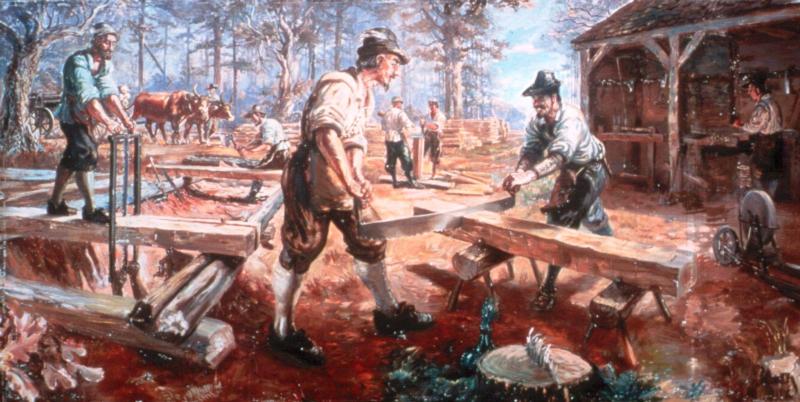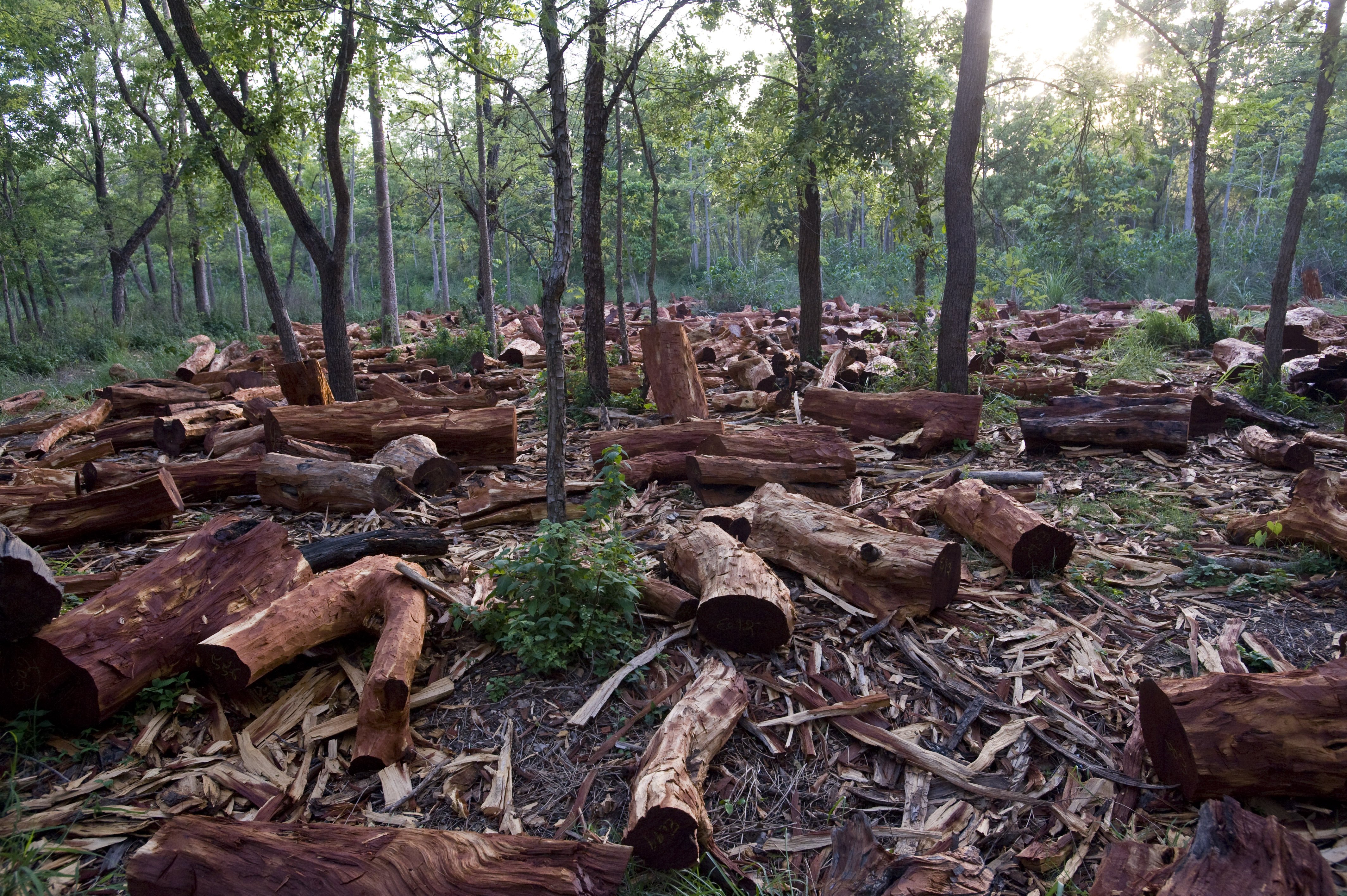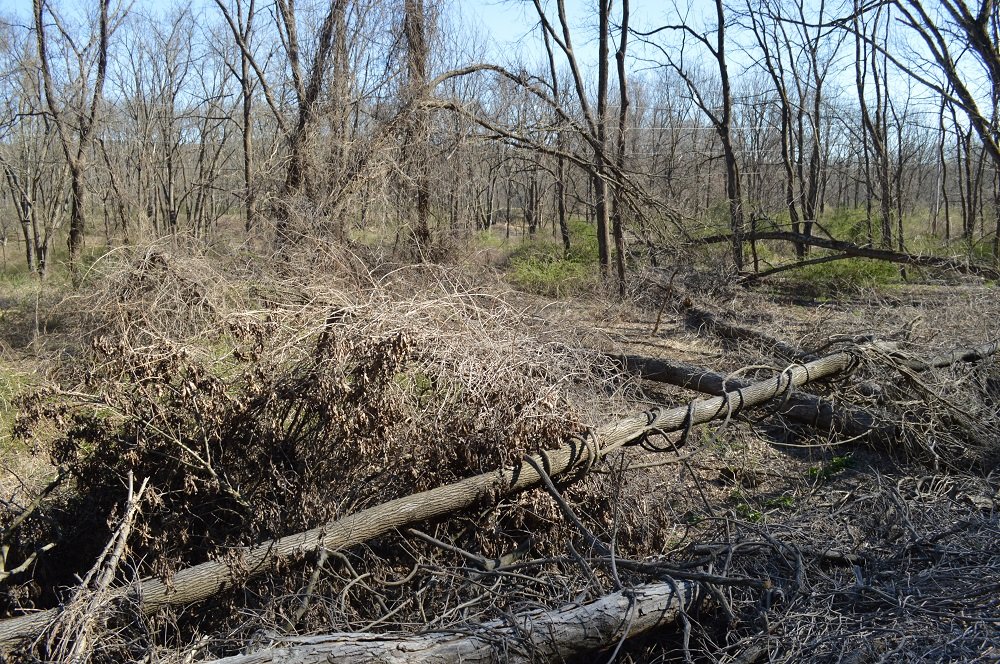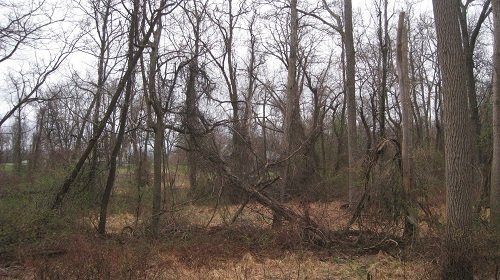For 10,000 years, plants insects and animals here in the Hudson Valley region evolved together. They had an intricate interdependence. A few hundred years ago the first invaders, (Europeans) introduced new plants from other areas of the world, either purposely or as stowaway’s on ships.
Indigenous insects, caterpillars and other wildlife did not evolve with these newly introduced plants, and stayed away from many of them. Without any predators, the alien plants gained a competitive advantage and became prolific.
Many types of insects and pollinators eat or lay eggs only on specific native plants. When the quantity of those plants are reduced, the insect population is reduced. This causes a reduction in the number of birds, which in turn deprives animals that count on eggs and birds for their food supply.
As larger mammals are over-hunted, deer become dominant and over-browse on native flora, leaving the invasives still more room to multiply. Eventually, wildlife is starved out of the area and the forest becomes barren of diversity and vibrancy.
Let’s back up. All was in balance until the 1700’s, when European immigrants claimed the New World for themselves and put down roots. Through extensive forest clearing, hunting, and trapping, the forest wilderness rapidly diminished, and was transformed into a domesticated rural landscape.
By the late 1800’s, as much as 80 percent of New England forests had been cleared for pasture, farms, orchards and buildings. The small areas of woodland that remained were harvested for lumber and firewood.
In the early 1900’s farming declined drastically all across the Northeast and abandoned pastures and farms returned to forest. These forests are known as successional, meaning they succeeded the previous disruption or disturbance. White pines dominated these new forests. Once they reached middle age and became marketable, they too were cut down to support the rapidly increasing populations of 20th century Americans.
This secondary or late succession brought about a new forest of mixed hardwoods across the northeast. These are the woodlands we have today. You will find some patches of old growth forest, but for the most part the trees you see will be under 100 years old.
These woodlands, raised from disturbed, depleted soil are more susceptible to newly introduced plants and insects from other parts of the world. In the late 1900’s, these alien plants got a foothold in the New World like the people before them had done 300 years before, and now in the 21st century, they have won the war.
Looking at the last 5 or 10 years, the invasives now far outnumber the native species. And people around here are now seeing how severe the impact of this invasion is. What will happen in the next 10 to 20 years?
This was a brief history of the northeast region from a regional, ecological viewpoint. In a future post, we will overlap this same time frame with more emphasis on how our progressing civilization has compounded the prevalence of invasives.




